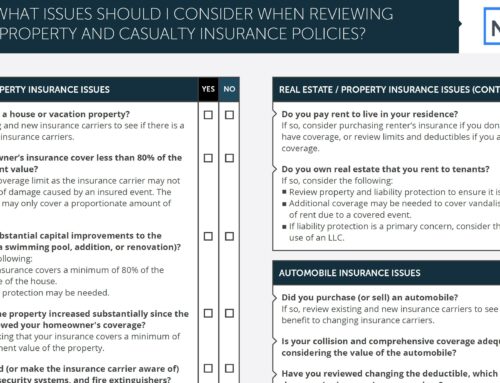FAFSA Mistakes To Avoid
It’s FAFSA Time! Last month, the Department of Education confirmed that the long-awaited new and improved Free Application for Federal Student Aid (FAFSA) would be available BY December 31st. It’s now been open in what the Department of Education is calling a soft launch. It’s been up and down during the first week, but hopefully the reliability will improve soon. As you get ready to fill out the FAFSA here are several critical FAFSA mistakes to avoid.
Including Retirement Savings As Assets
You should not include Retirement Savings (401K, 403B, IRA, or TSP accounts) as assets for either the parent or the student. These account do not get factored in to your need. My speculation is that is because most people who have college age children can’t readily access that money without penalty. Deferring more money to retirement savings as you get closer to your children’s college years could be a smart move to decrease assets that could be assessed like brokerage accounts. This also goes for students who may have students who might have IRAs. Do not include them as their asset either.
Including Parent-Owned 529s As A Student Asset
If you’ve established a 529 account for the benefit of your child, that is still your asset. Parent assets are assess at about 5% in the need calculation versus 20% for any student assets. That means if you have $50,000 529 account that you list as your asset (which is correct) it’ll increase your Student Aid Index by about $2,500. If you listed it as a student asset (not correct), it’ll increase you’re your Student Aid Index by $10,000. That’s a potential for $7,500 less in need-based aid. Bottom line: Lists Parent-Owned 529 accounts as parent assets.
Including 529s That Are For Other Children
Part of the new FAFSA and SAI calculation has changed reporting for 529s. For those that have filled out the FAFSA in previous years, you know that you used to include the value of all 529s even if they weren’t for the benefit of the student submitting the FAFSA. This year you will only include 529 accounts for the student who is submitting the FAFSA.
Including Home Equity On Your Primary Home As An Asset
The FAFSA does not consider home equity on your primary home. You do not need to include it. If you’re child is applying to a school that also uses the CSS Profile to determine financial need, you will include it on that form. You will also need to include equity on any rental or business property as assets for the FAFSA. Bottom line: Do not include home equity as an asset on the FAFSA.
Assuming Your Student Aid Index (SAI) Is What You’ll Be Expected To Pay At Every School
After completing the FAFSA, it will give you your Student Aid Index (SAI). The Cost of Attendance (COA) minus your SAI is your need. While some schools do have the ability to meet 100% of need, many do not and will only meet a portion of it. So while your SAI is a good approximation of you might pay, it may be higher depending on the schools ability to meet the need.
Missing A Deadline
With the FAFSA being released over 2 months later than normal years, school deadlines could be quick. Some schools also give out aid on a first-come, first-served basis. That means you’ll want to file your FAFSA soon after it’s available. Also make sure you’re sending it to all the schools your child is applying to early enough to meet all of their deadlines.
These are the big FAFSA mistakes I often see when helping clients with their FAFSA filing. If you do make a mistake, you can potentially get the school your applying at to reconsider during an appeal. But, it’s much easier to get it right the first time.
If you liked this article, check out this one on splitting the GI Bill (link).




